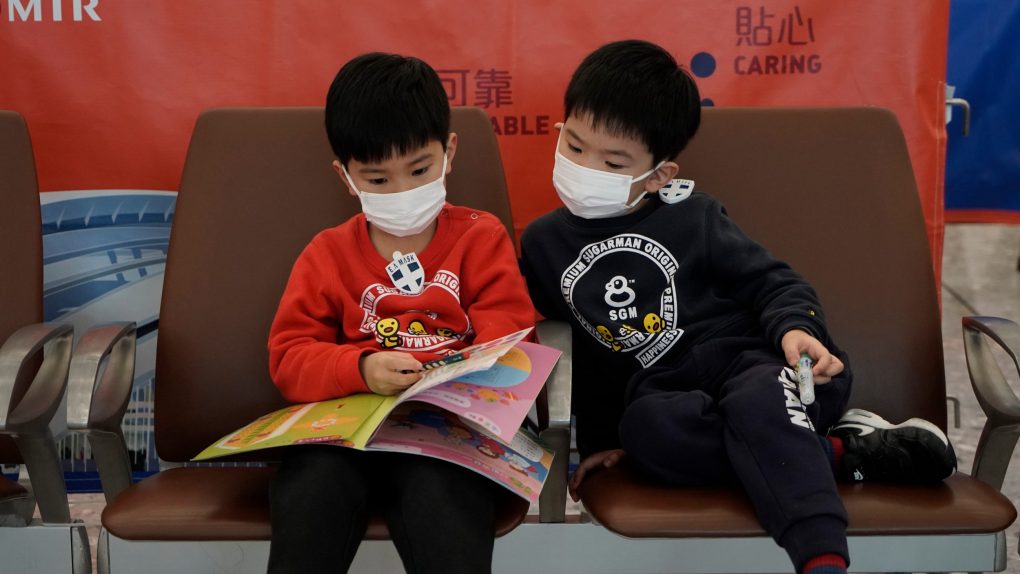The coronavirus has infected more than 2,800 people, most of them in the Wuhan region of China, where the first case was discovered weeks ago. The death toll reached 81 as of Monday, with authorities in China intensifying their efforts to contain the spread of the virus. Over the weekend, China announced that infected patients can transmit the virus to others during the two-week period of incubation, which might severely hinder measures to prevent the spread of the disease.
The CDC has been cautiously optimistic, saying that it needs to verify these findings on its own. Meanwhile, coronavirus cases have appeared in various corners of the world, including Europe, other Asian countries, Australia, and North America. But the real number of cases might be significantly higher than what has been reported so far, with experts from Hong Kong saying that research points to some 44,000 cases in the Wuhan region alone.
HKU’s faculty of medicine dean Gabriel Leung called for “draconian” measures that would curb the spread of the virus, the South China Morning Post reports.
The number of coronavirus patients in Wuhan reached 43,590 by Saturday, researchers said on Monday, and the figure includes people who are currently in the incubation stage. The mathematical models used showed that as many 25,630 patients might be showing symptoms in the region, and that number would double in 6.2 days.
The team said that the number of infections in the five megacities would peak between late April and early May. At the height of the epidemic, some 150,000 new cases would be confirmed every day in one of these regions, Chongqing, because of the large population and its ties with the Wuhan region.
Even so, the researchers said that the projections might be too pessimistic, because they only took into account the lockdown measures in Wuhan, and not other health intervention policies.
Leung called for immediate “substantial, draconian measures limiting population mobility. He also said that mass gatherings should be canceled, schools should remain closed, and people should work from home where available. It should be noted that while there’s not a vaccine available for the coronavirus, the virus isn’t fatal to most people. Casualties include patients with weaker immune systems and preexisting conditions, according to reports.








